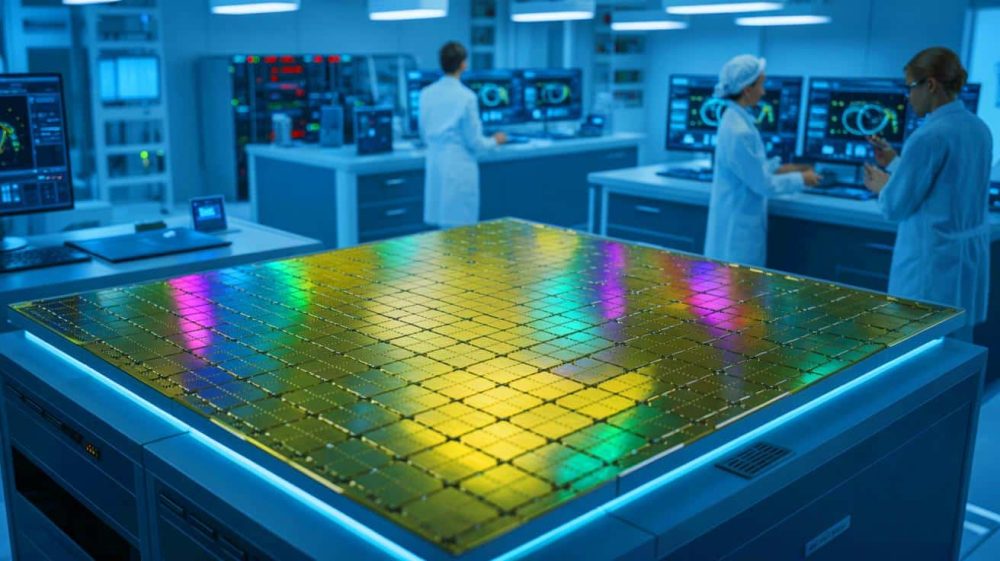In a breakthrough that challenges decades of material science assumptions, a team of German researchers has created a stable, never-before-seen alloy combining carbon, silicon, germanium, and tin. Known as DESiGn or CSiGeSn in chemical shorthand, this novel semiconductor material could unlock a new era of electronics, photonics, and quantum technology.
An Alloy Once Deemed Impossible
The creation of DESiGn is more than a clever acronym; it’s a landmark scientific achievement. For years, combining all four Group IV elements into a stable crystal lattice was considered unworkable. The reason? Their wildly different atomic sizes and bonding behaviors, especially between tiny carbon atoms and bulky tin atoms, made a uniform, defect-free structure improbable.
But the team, led by Dr. Dan Buca at Forschungszentrum Jülich and Prof. Dr. Giovanni Capellini at the Leibniz Institute for Innovative Microelectronics (IHP), proved otherwise. Using a precision chemical vapor deposition (CVD) system from German equipment maker AIXTRON, the researchers overcame the fundamental barriers to lattice stability and delivered a high-quality, stable alloy.
A New Class of Semiconductor Material
The DESiGn alloy isn’t just a scientific curiosity; it’s a game-changing addition to the semiconductor toolbox. As Dr. Buca puts it, “We’ve achieved what many thought wasn’t possible: the ultimate Group IV semiconductor.”
Its stability opens doors across multiple disciplines:
- Electronics: With full CMOS process compatibility, DESiGn can be integrated into existing chip production lines, requiring no new factories or exotic tools.
- Photonics: The alloy provides fine-tuned control over the band gap, enabling the development of new classes of photodetectors, room-temperature lasers, and optical sensors.
- Quantum Technology: Its uniform crystal structure and band-gap tunability make it an ideal candidate for quantum circuits, potentially pushing the field closer to scalable quantum computing.
- Thermoelectrics: The material’s unique composition could support devices that harvest energy from heat with unprecedented efficiency.
Scalable Innovation
One of the most important aspects of this discovery is its scalability. Because the alloy was made using standard semiconductor fabrication equipment, it sidesteps a significant hurdle that plagues many exotic materials: industrial adoption. This means DESiGn isn’t stuck in the lab, it’s ready for the fab.
“DESiGn offers a unique combination of tunable optical properties and full silicon compatibility,” said Prof. Capellini. “This lays the foundation for scalable photonic, thermoelectric, and quantum components.”
A Foundation for the Future
This alloy doesn’t just fill a gap; it creates a new lane for semiconductor development. Its discovery offers a rare triple threat: scientific novelty, practical compatibility, and commercial scalability. If the industry takes full advantage of what DESiGn offers, we may look back on this as the moment the boundaries of silicon technology were redrawn, not just extended.


